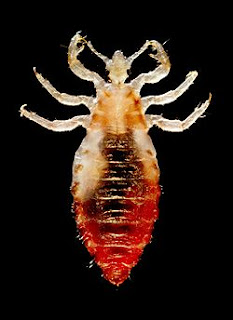"Space is big. Really big. You just won't
believe how vastly, hugely, mind-bogglingly big it is. I mean, you may
think it's a long way down the road to the chemist, but that's just
peanuts to space."
I went to the local observatory this weekend, where they have what they call the Planet Walk. The yard surrounding the buildings has 9 inscribed bricks that represent the Sun and the planets of our Solar System (and Pluto). The Sun, Mercury, Venus, Earth, and Mars are pretty close to the center of the grounds, but the rest of the planets are so far out they're tricky to find. It's impossible to make that model to scale in terms of size, because if they did, the Sun would be about the size of a light bulb and some of the planets would be smaller than a grain of sand. You can find some fully scaled models of the solar system online if you want to get a sense of the perspective they're going for.
Our Solar System is enormous. That's my point. So big that it's possible to lose track of the entire asteroid belt between Mars and Jupiter. That's the most densely packed cluster of objects in our solar system, and astronomers came close to losing track of the whole thing shortly after WWII. The trouble is, "densely packed" means something entirely different on the scale of the Solar System. Because the Solar System is huge.
Then we have our galaxy. The image to the left shows you roughly how big the Milky Way Galaxy is. The Sun is not even a single pixel in that image. The Sun is 1.3 million times the size of the Earth, which means the Earth is less than one millionth of one pixel in this image. If the Solar System is big, the Milky Way Galaxy is mind-numbingly massive. But it's almost literally nothing compared to the rest of the universe.
In 1995, the Hubble Deep Space Telescope took a picture of a single degree of the sky. The area it was looking at is just a tiny portion of the night sky. It's the little L shape in the picture below on the left. What you see is a fraction of a fraction of the observable sky. What it returned was this:
Those aren't stars. They're galaxies. Some of them much, much bigger than ours. There are literally billions and billions of stars in every single one of those specks of light. All of this is contained in a tiny little fleck of the sky. I don't think any other topic could make me "HOLY SHIT" with more sincerity than that image. Now, here's where it gets really crazy.
We're not entirely sure just how big the universe is, because we can't see the whole thing. It's not that we can't build a powerful enough telescope. We probably could, given time and determination. It's just that we can only see things where there is light. Because light has to travel to reach us, we see really goddamn far away things as they existed a really goddamn long time ago. When you get to a certain distance, we'd be looking so far back in time that there was nothing there yet. There is a spherical border you can draw around the Earth that shows exactly how far away we could possibly see anything with the most powerful telescope that will ever exist, because that telescope would show us what the universe looked like before the beginning of time.
I mean, seriously, holy shit.






